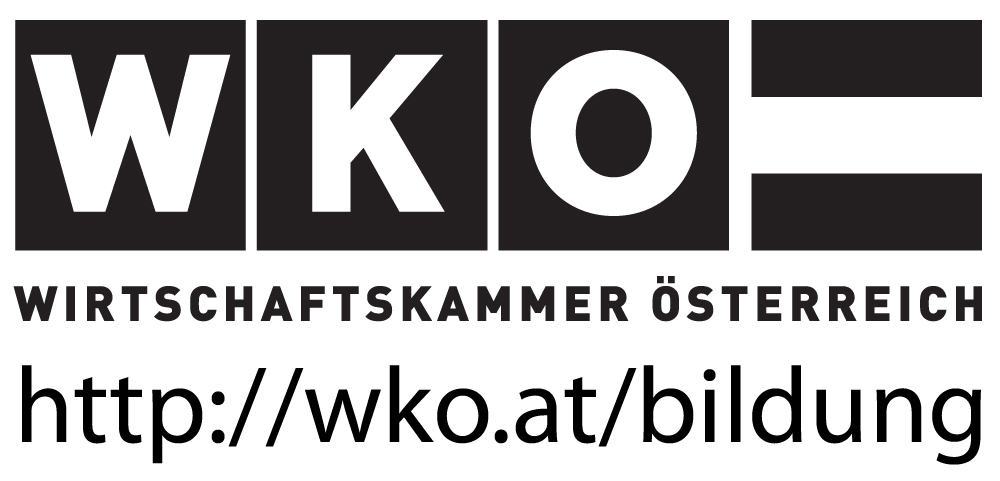Hans van Vliet: Architecting = Decision Making
Slides
In the past decade, the accepted definition of software architecture has shifted from components-plus-connectors (the solution) to the underlying set of design decisions (the why of the solution). To better understand the field of software architecture, it then becomes natural to study how architects make decisions. Do experienced architects make better decisions than novice architects? Can the architecting process be rational, or is it affected by the same irrationalities one sees in everyday decision making? Can we discover when design decisions are biased? If so, how and when. In this talk, I will sketch the evolution of our thinking of what constitutes software architecture, and the kind of research questions that arise if we view architecting as decision making.
 Hans van Vliet is Professor in Software Engineering at the VU University Amsterdam, The Netherlands, since 1986. He got his PhD from the University of Amsterdam. His research interests include software architecture, knowledge management in software development, global software development, and empirical software engineering. Before joining the VU University, he worked as a researcher at the Centrum voor Wiskunde en Informatica (CWI, Amsterdam). He spent a year as a visiting researcher at the IBM Almaden Research Center in San Jose, California. He is the author of “Software Engineering: Principles and Practice”, published by Wiley (3rd Edition, 2008). He is a member of IFIP Working Group 2.10 on software architecture, and the Editor in Chief of the Journal of Systems and Software.
Hans van Vliet is Professor in Software Engineering at the VU University Amsterdam, The Netherlands, since 1986. He got his PhD from the University of Amsterdam. His research interests include software architecture, knowledge management in software development, global software development, and empirical software engineering. Before joining the VU University, he worked as a researcher at the Centrum voor Wiskunde en Informatica (CWI, Amsterdam). He spent a year as a visiting researcher at the IBM Almaden Research Center in San Jose, California. He is the author of “Software Engineering: Principles and Practice”, published by Wiley (3rd Edition, 2008). He is a member of IFIP Working Group 2.10 on software architecture, and the Editor in Chief of the Journal of Systems and Software.
Uwe Dumslaff: Architects, Design for Digital!
Slides

Uwe Dumslaff is Corporate Vice President and Chief Technology Officer at Capgemini Germany. Headquartered in France, Capgemini provides IT services and is one of the world’s largest consulting, outsourcing and professional services companies with more than 130,000 employees in 44 countries. Uwe made his studies and PhD in Computer Science at Koblenz University in Germany before entering business as a software engineer and architect. For a couple of years, he lead and developed Capgemini business in the Telecommunication and Public sectors. As CTO, he used his professional experience and passion for high-quality architectures to define Capgemini’s principles for Service Oriented Architectures. Uwe has given several key notes and talks in national and international events and edited the book “Quasar Enterprise”, which encodes methods, patterns, and reference architectures for enterprise systems, collected in several years of experience in large-scale industrial software projects. Today, his focus is on the evolution of system and enterprise architectures enhanced by cloud and XaaS based approaches following the Digital Transformation journey.
Markus Völter: Language Shapes (Architectural) Thought
Slides
Language shapes thought. Depending on the language we use, it is more or less easy to talk about something. This idea is well known to software developers: we use various different languages to describe different kinds of software systems. Some of these languages are specific to architecture. UML, SysML and the various ADLs can all be used to create models of the architecture of software systems. Depending on the level of detail and the degree of formality of these languages we can even analyze the architecture formally or synthesize aspects of the implementation.
However, when using stock languages to model architectures, the architecture will be shaped by the concepts in that language. It becomes hard to describe architectural aspects that are not directly implied by the abstractions provided by that language. I argue that to be able to create high-fidelity architectural models, each system should be described with a custom language, one that faithfully represents the architectural concepts relevant to that system. While UML or SysML can be adapted via profiles, custom domain-specific languages are much better suited for this approach. And thanks to modern language workbenches, building such DSLs is much easier than just a few years ago.
In this keynote I look at different approaches to architecture modelling, roughly retracing the path along which my own thinking on the topic evolved over time: from “drawing pictures” in Powerpoint over UML to standalone DSLs to modular extensions of programming languages. I discuss related topics such as requirements engineering and formal analyses. I illustrate the concepts with examples from systems I have been involved in developing.
Markus Völter works as an independent researcher, consultant and coach for itemis AG in Stuttgart, Germany. His focus is on software architecture, model-driven software development and domain specific languages as well as on product line engineering. Markus also regularly writes (articles, patterns, books) and speaks (trainings, conferences) on those subjects.
Gregor Hohpe: The Age of Architecture
Slides
Much of the recent trends in software development may lead one to believe that architecture plays a subordinated role to fast feature
delivery, experimentation, and frequent system replacement. In many companies and communities the title “architect” has even become
associated with negative connotations: architects are the people who live in an ivory tower, are out of touch with reality, and make poor
decisions driven by the quest for irrelevant technical ideals. Out of this bunch, “enterprise architects” are often considered the most
detached from real software development.
Still, every system has an architecture, whether carefully planned and evolved, or accidentally emerged. And much what drives the current
innovation in cloud, social, mobile, and big data is based on significant architectural considerations: horizontal scalability, elastic compute infrastructure, distributed data management, cross-device user interfaces. So is it the age of architecture after all, just not created by people who call themselves architects?
This talk takes a broad view on architects and architecture, how their roles have evolved, and how enterprise architects fit into the mix.
As Chief IT Architect at Allianz, Gregor Hohpe is responsible for driving the digital transformation of the insurance business, combining a reliable, efficient and elastic compute infrastructure, streamlined and integrated business applications and services, and an interaction layer that engages customers and partners through new channels and products. Gregor draws on 15 years’ experience in Silicon Valley and 5 years in Tokyo where he optimized mobile advertising and connected online and physical worlds for Google. He is widely known as co-author of the seminal book “Enterprise Integration Patterns” and as frequent speaker at conferences around the world. His accessible, but technically accurate essays were republished in “97 Things Every Software Architect Should Know” and “Best Software Writing”. He is an active member of the IEEE Software editorial advisory board..







